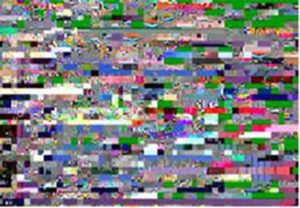Twice a year, all television customers (not just TDS TV and TDS TV+ customers) may experience some degree of television interference due to sun outages. This fall, that window is expected to start around Sept. 25 and last until around Oct. 14.
What are sun outages? For a few weeks a year—in the spring and the fall—the sun is directly behind TV satellites in space and ground antennas. This means that, during this time window, ground antennas are basically looking directly at the sun. The sun’s rays, which include the same microwave frequencies used in satellite communications, interfere with the signals from the satellite. The result is a loss of signal quality and a potentially pixelated picture on your TV.
In general, fall sun outages in the United States take place during the first and second weeks of October. The duration and severity of the outages vary, depending on sun’s path. You might experience a slight interruption in TV reception for a few seconds, to a complete loss of signal for several minutes at a time. The good news is, once solar outages reach their peak, the interference will gradually decrease becoming less noticeable each day.

Unfortunately, there is nothing we can do to prevent sun outages from occurring. Each satellite service that we receive signals from will experience this interference in the timeframe mentioned above.
Interesting sun outage fact: India’s Bombay Stock Exchange and National Stock Exchange use satellite systems that are also impacted by sun outages. Both exchanges typically close from 11:45-12:30 during sun outage season and are extended by the same amount of time on those days.


